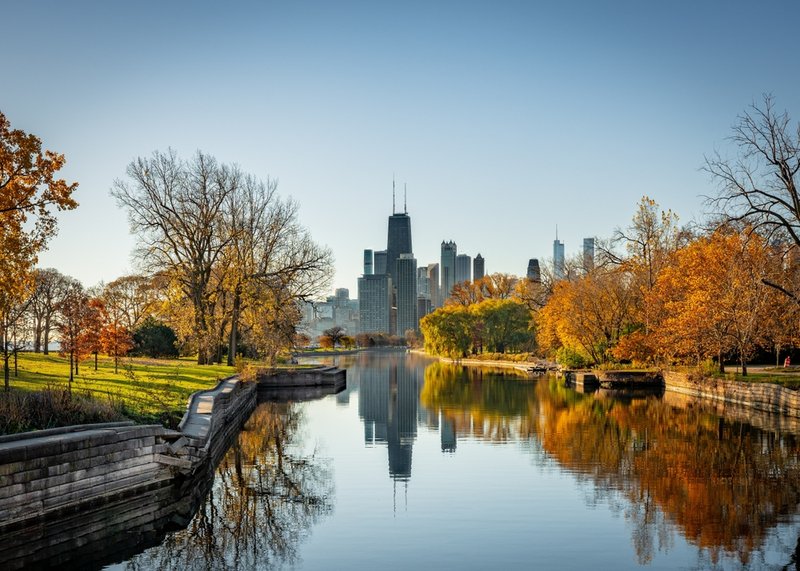The U.S. Needs to Build More Houses in Future Receiving Cities
Blog Post

Anthony Mance / Shutterstock.com
Dec. 5, 2024
As part of the Federation of American Scientists' Day One Project, Tim Robustelli and Yuliya Panfil published a policy proposal to boost housing stock in U.S. "receiving cities" expected to experience domestic population inflows as a result of climate change. The Day One Project aims to provide incoming presidential administrations with implementation-ready policy proposals crowdsourced form the science, technology, and innovation community.
A summary of the memo is below, and you can read the full version here.

After a 50-year population boom, migration to the Sun Belt is skidding to a halt. Instead, the scorching heat and devastating storms increasingly common across the southern (and coastal) United States are prompting Americans to consider moving to more geographically resilient regions. New America estimates that 20 million Americans will relocate in the coming decades to escape extreme heat, drought, sea-level rise and natural disasters such as tropical storms, flooding, and wildfires. Many of them are likely to end up in “Receiving Cities” in the Midwest, Northeast, and the northern Great Plains.
Many anticipated “Receiving Cities” – places like Cincinnati, Duluth, Buffalo and Detroit – could benefit from the economic stimulus and revitalization that often accompany population inflows. These cities have a large carrying capacity but have suffered from deindustrialization, disinvestment, and population outflows in the last half century.
Yet at present, many Receiving Cities aren’t positioned to support an influx of residents. The rapid and unplanned arrival of transplants could overwhelm housing supply (which is already in shortfall across much of the country), increase housing insecurity and displacement, and place additional stress on federal and local rental and homeowner assistance programs, legal aid clinics, and other housing-related services.
Because weather-related migration is not presently occurring en masse, the new administration has an opportunity to (i) increase the preparedness and socioeconomic appeal of Receiving Cities, in large part through production and preservation of housing for all income levels; and then (ii) encourage and support American households in relocating to these communities. The federal government should designate “Receiving Cities” to which it will allocate funds and tax incentives aimed at producing and preserving affordable housing, in anticipation of population inflows.